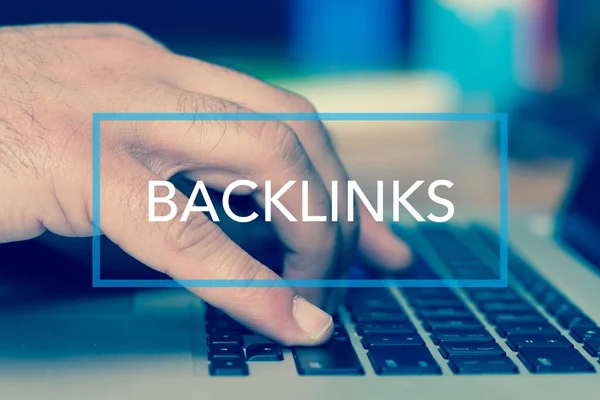
You’ve put in the effort. You’ve spent time building links, collaborating with websites, and maybe even investing in a few campaigns to strengthen your site’s authority. But despite all this, your rankings still aren’t moving. It’s frustrating—and confusing.
The truth is, not all link-building efforts produce results. If your backlinks aren't helping you climb search engine rankings, the problem may not be the number of links, but the quality, strategy, or context behind them. Let’s unpack the common pitfalls that could be holding you back—and how to fix them.
Before diving into what might be going wrong, it’s important to understand how search engines evaluate backlinks today. Search engines like Google assess both the authority and relevance of a link. A single backlink from a trusted, contextually relevant website can carry more weight than dozens from generic, low-quality sources.
Moreover, it's not just about the existence of a link—it's also about how that link fits within the surrounding content, how natural it appears, and whether it reflects genuine endorsement.
If your backlink profile includes links from low-authority, unrelated, or spam-ridden sites, it could be dragging your rankings down rather than lifting them up. Search engines have grown adept at identifying manipulative link schemes and now discount or penalize such tactics.
Rather than focusing on volume, shift your efforts toward earning backlinks from reputable websites within your industry. Look for sites with strong domain trust, engaged audiences, and content that aligns with your niche.
One of the most overlooked aspects of effective link building is topical relevance. If you’re acquiring backlinks from websites that have no contextual relationship to your content, the value of those links diminishes significantly.
For example, a backlink from a fashion blog to a software development website is unlikely to be seen as meaningful by search engines. Instead, prioritize building connections with websites that share your audience or industry focus.
Using exact-match anchor text repeatedly (especially for keywords you want to rank for) may trigger spam filters in modern search algorithms. It’s a common mistake that makes your backlink profile look unnatural.
A more effective approach is to vary your anchor text. Mix branded terms, long-tail phrases, natural language, and even generic anchors like “click here.” A diverse anchor profile mirrors how links occur naturally across the web.
Even if your backlinks come from great sources, they won’t move the needle if the content being linked to doesn’t provide real value. If your landing pages lack depth, clarity, or usefulness, Google may discount the relevance of those links.
Ensure that the pages receiving backlinks are optimized with original, engaging, and well-structured content. Give visitors a reason to stay, engage, and share—these behaviors reinforce the authority signaled by the backlink.
Strong backlink strategies don’t work in isolation. Internal linking helps search engines understand how your content is structured and which pages are most important. Without solid internal links, the authority passed through your backlinks may not be distributed effectively across your site.
Audit your internal linking strategy to make sure that important pages are being supported, and that users can navigate your site intuitively. This small change can amplify the impact of every external backlink you earn.
If all your backlinks come from the same type of site—say, only guest posts or only forums—search engines may view your link profile as unnatural. A healthy backlink profile includes links from a wide variety of sources: blogs, news sites, directories, resources pages, interviews, and more.
Aim for balance and authenticity. When links come from a mix of sources and reflect true engagement with your brand or expertise, they are far more likely to influence your rankings positively.
Even with a solid backlink strategy, your rankings may stagnate if users bounce quickly or don’t engage with your content. Search engines interpret behavior like high bounce rates and low time-on-page as signals that the content doesn’t meet user expectations.
Make sure your content delivers on the promise of the backlink. It should load quickly, be easy to read, and provide immediate value. Enhancing UX not only supports SEO—it also builds trust with your audience.
Backlinks are still one of the strongest signals in search engine algorithms—but only when they’re earned with intention, relevance, and credibility. If your current strategy isn’t delivering results, it’s time to reassess your approach.
Focus on link quality, contextual relevance, and user experience. When you align your link-building efforts with what search engines—and users—truly value, you’ll start seeing the kind of SEO results you’ve been aiming for.